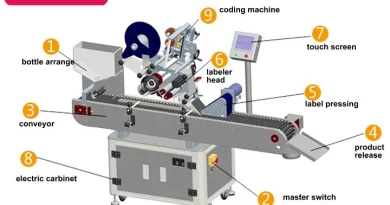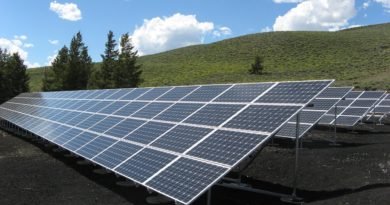Oil & Gas Products – Completion Equipment Tips
After drilling a well to its entire depth, oil and gas exploration and production (E&P) companies including completionproducts.com must complete one critical step. They must prepare the well for oil or gas production, or proceed through the well completion stage of hydrocarbon extraction.
What is Well Completion?
The phrase “well completion” refers to the assembly and installation of a downhole pipe and accompanying equipment so that oil and gas may be extracted effectively and safely from a well. Well completions are all of the activities that take place in and around a crude oil or gas well between the end of the drilling phase and the moment the well is placed into production.
The process of connecting the producer/driller to the reservoir is known as well completion. According to engineers at oilfield services major Schlumberger, the well completion stage begins with drilling into the reservoir because if a firm does not perform a proper job drilling into the reservoir, no matter how excellent the well completion is, the well will fail.
What is the Purpose of Well Completions?
Following the drilling of an oil or gas well, the business assesses the existence of hydrocarbons in place. If it decides that economically feasible amounts of oil and/or gas can be produced at a low cost, it proceeds to prepare the well for production to begin.
The kinds, techniques, and modes of well completion vary based on the type of reservoir, the design of the well, and the geology of the area where the well is drilled. The selection, design, and installation of pipes and equipment have a major influence on an oil and gas well’s productivity; consequently, engineers must ensure that the well completion is as safe and efficient as possible.
Oil and gas well completions must meet the following criteria in order to be considered successful:
- Well completions should join the reservoir to the production tubing, allowing oil and gas to flow to the surface or fluids to be injected into the reservoir.
- To avoid interference with the producing reservoir, well completions should segregate the oil and gas reservoirs to protect the producing zones from non-producing zones.
- Well completions must maintain the reservoir’s integrity and minimise formation damage.
- Well completions should aid in the reduction of resistance to oil and gas flow.
- Well completions must be constructed in such a way that they resist corrosion and creep and do not collapse into the reservoir or the wellbore.
- Well completions should also include a method for detecting and evaluating changes in reservoir conditions and hydrocarbon flow rate through well testing.
- Well completions must prepare the wells for the next phases of oil or gas extraction.
Finally, how engineers decide to finish a well will affect the rate of oil and gas production and will have a direct impact on how long oil and gas will be produced from the well.
What Are the Types of Well Completions?
Engineers select well completions based on a variety of factors, including the amount of oil and gas to be produced, the type of fluids to be pumped, the temperatures at the surface and downhole, the depth of the production zone, the rate of production, the expected pressure, the location of the well, the surrounding landscape and environment, and the costs and expected returns on investment.
Engineers can choose a kind of well completion based on the above-mentioned variables, ranging from the most simple and least expensive open-hole completion to complicated completions with multiple horizontal wellbores from a primary wellbore, each of which will contain a completion.



